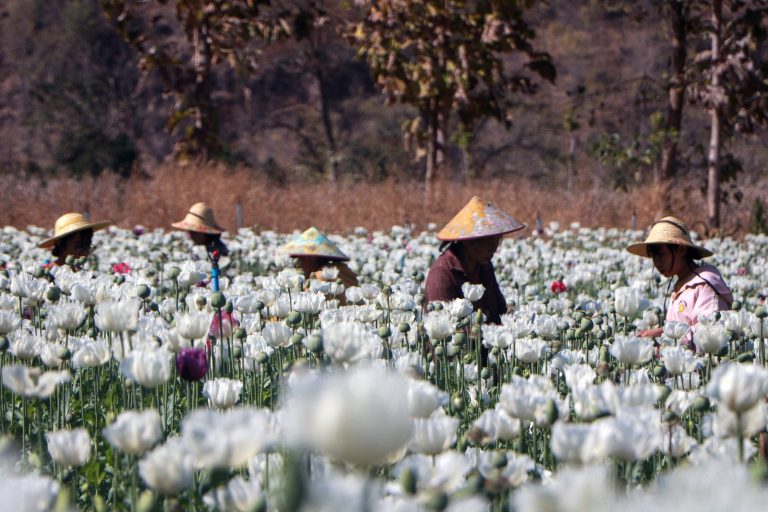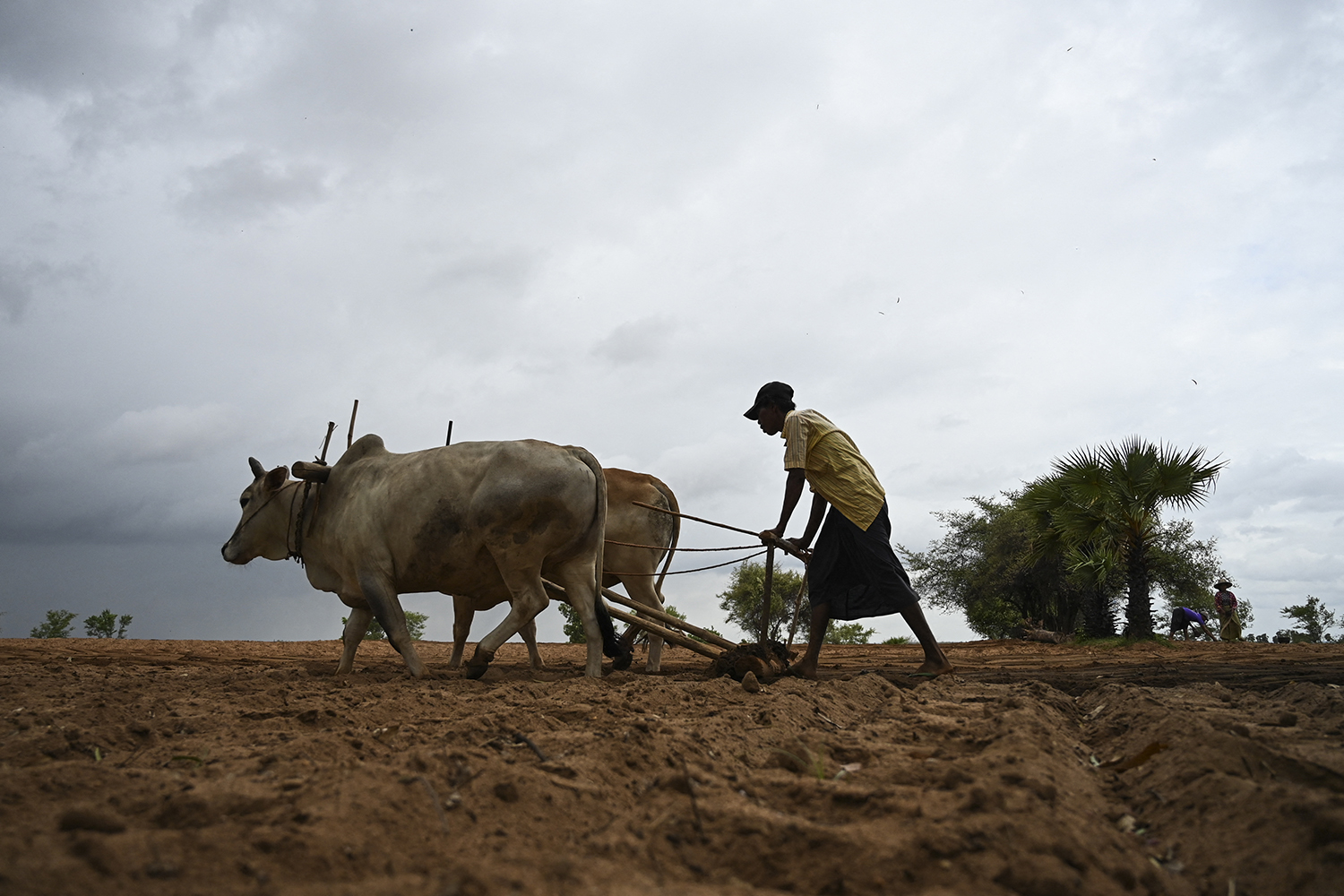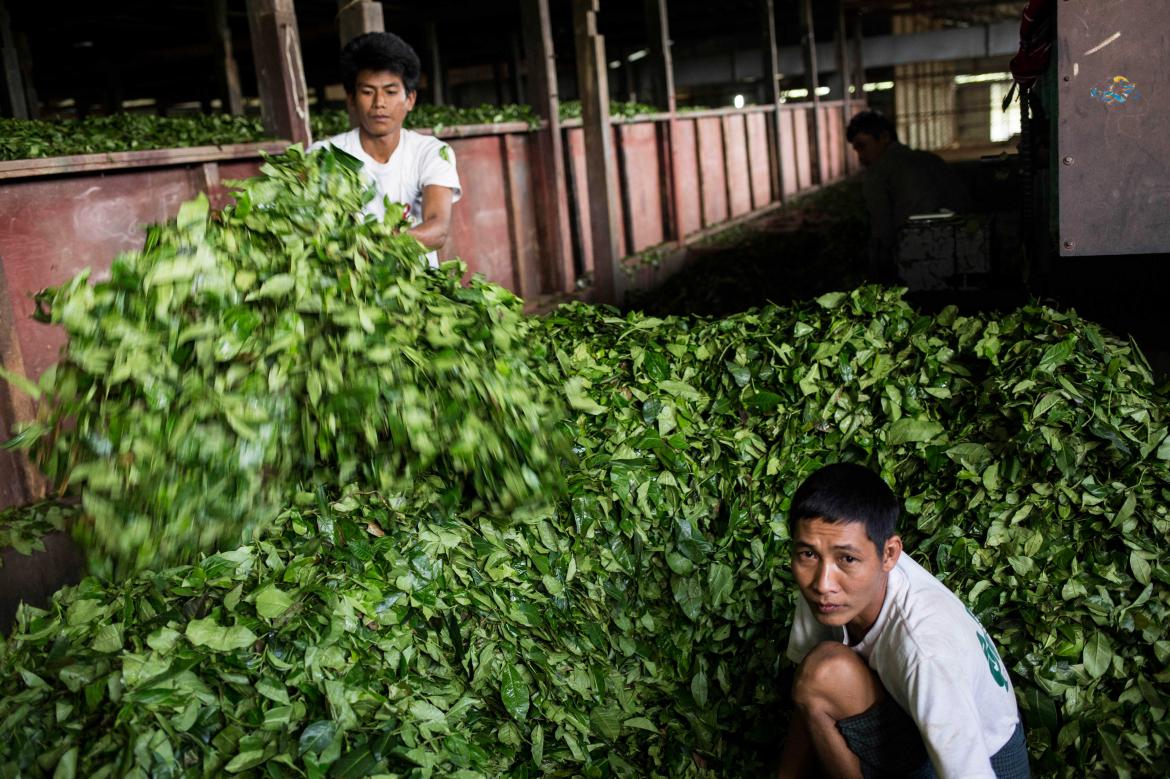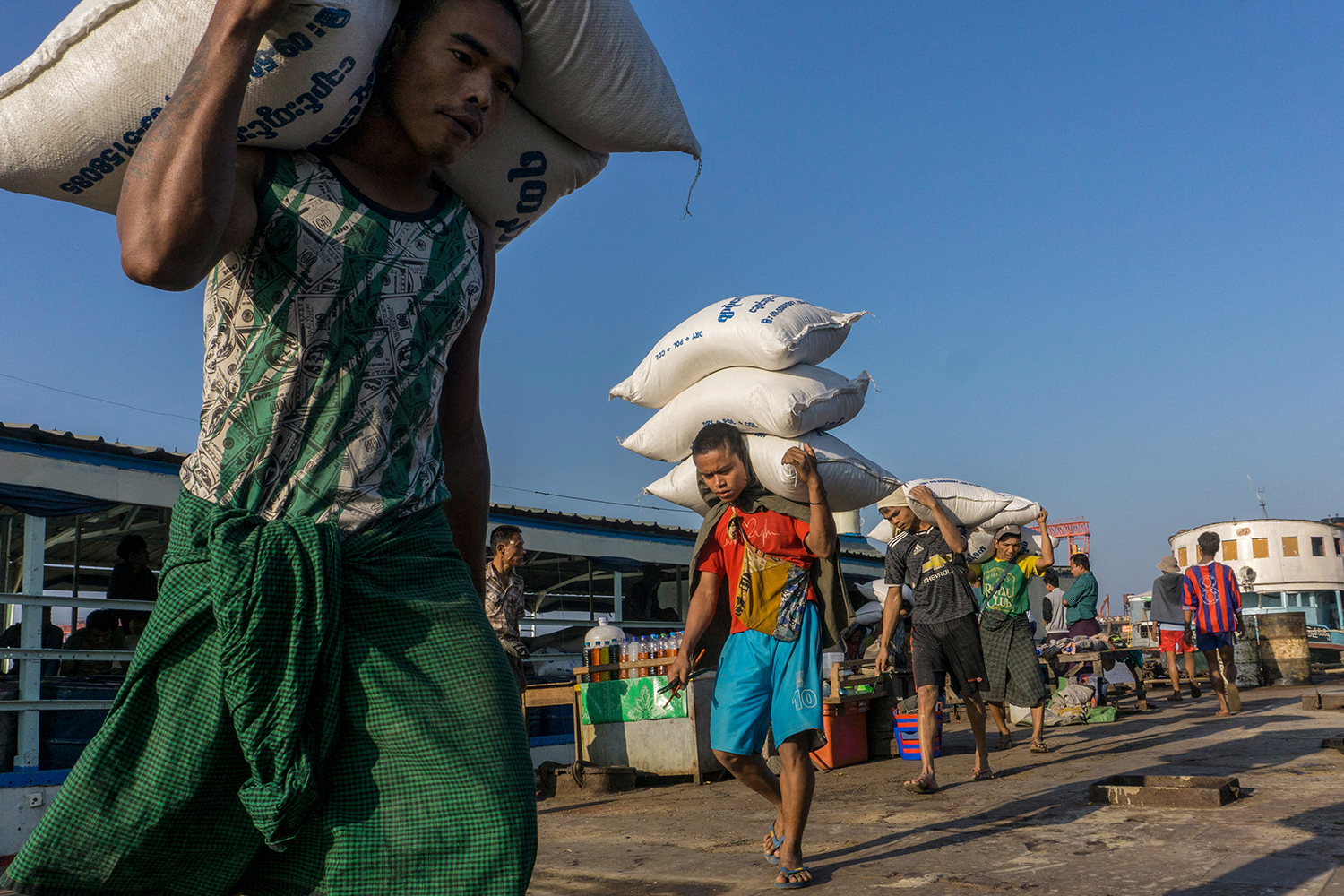YANGON — The Myanmar Rice Federation is calling on the new government to consider the privatisation of the Myanmar Agricultural Development Bank in order to increase loan opportunities in the farming sector, according to Tuesday’s edition of the Global New Light of Myanmar.
Allowing private shareholders to provide the bank a sorely needed capital injection would increase the amount of finance available to rural landholders, the report suggested, giving the sector a boost at a time when yields have diminished due to the impact of last year’s floods and the current drought in central Myanmar.
“The MADB has said it doesn’t currently have sufficient funds to issue loans to farmers. Therefore, we have suggested that the bank be privatised,” the state-run daily quoted MRF vice chairman Dr Soe Htun as saying.
Tuesday’s report said the Rice Federation has earlier made representations to the Commerce and Agriculture ministries, asking for government policies to be formulated to make loans more accessible to farmers in rural communities.
Established in 1953 as the State Agricultural Bank, the MADB until recently had a virtual monopoly on providing small loans to rural landowners, a position that has been challenged since the entry of several microfinance operations targeting the rural sector. It possesses an extensive network of branches in remote locations across the country, accounting for nearly a quarter of all bank branches in Myanmar.
Support more independent journalism like this. Sign up to be a Frontier member.
A 2014 World Bank report on the MADB found that the bank’s operations suffered from a “various weaknesses”, including a worryingly narrow portfolio focused on rice farmers, a lack of risk management and weak corporate governance.
Despite a widespread mistrust of financial institutions in the wake of Myanmar’s 2003 banking crisis, MADB serviced nearly 1.9 customers in 2012, according to the report.
An estimated 70 percent of Myanmar’s workforce are employed in the agricultural sector, which the World Bank estimated in 2014 to represent 35-40 percent of the country’s gross domestic product.







